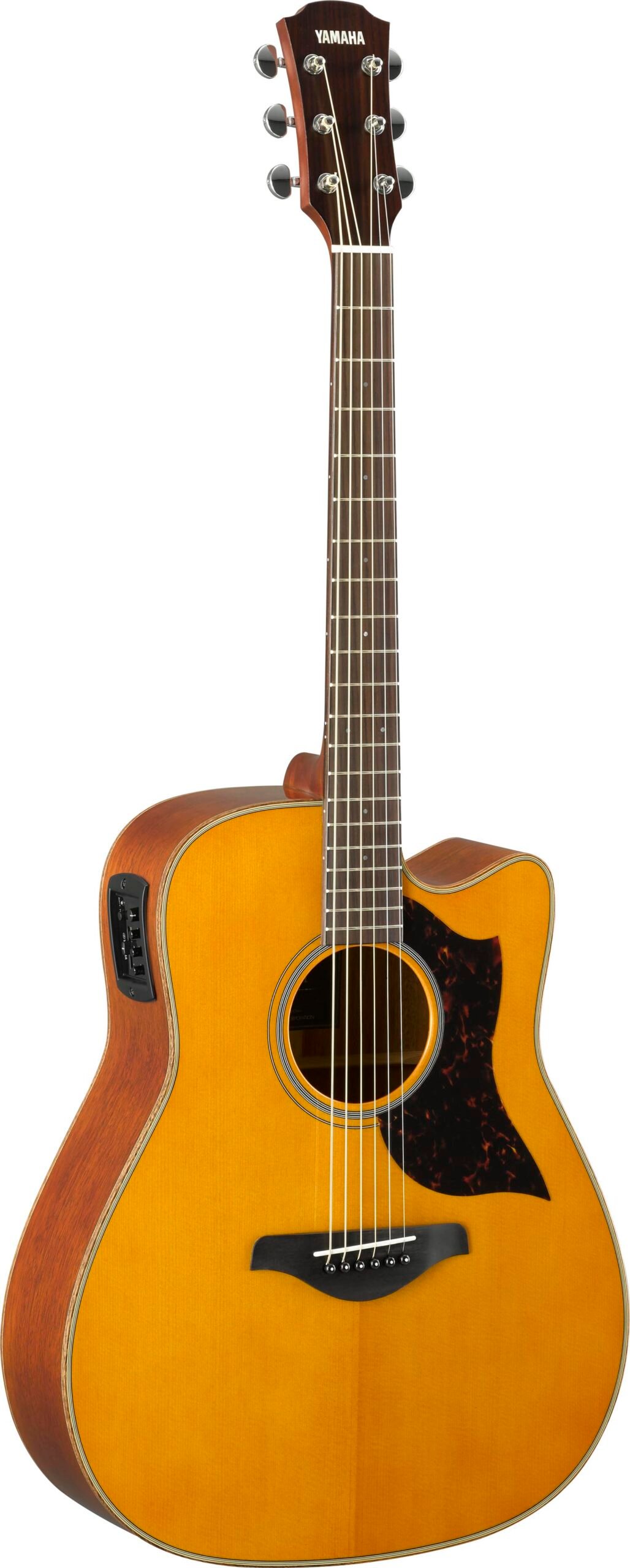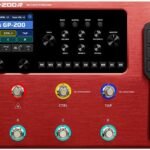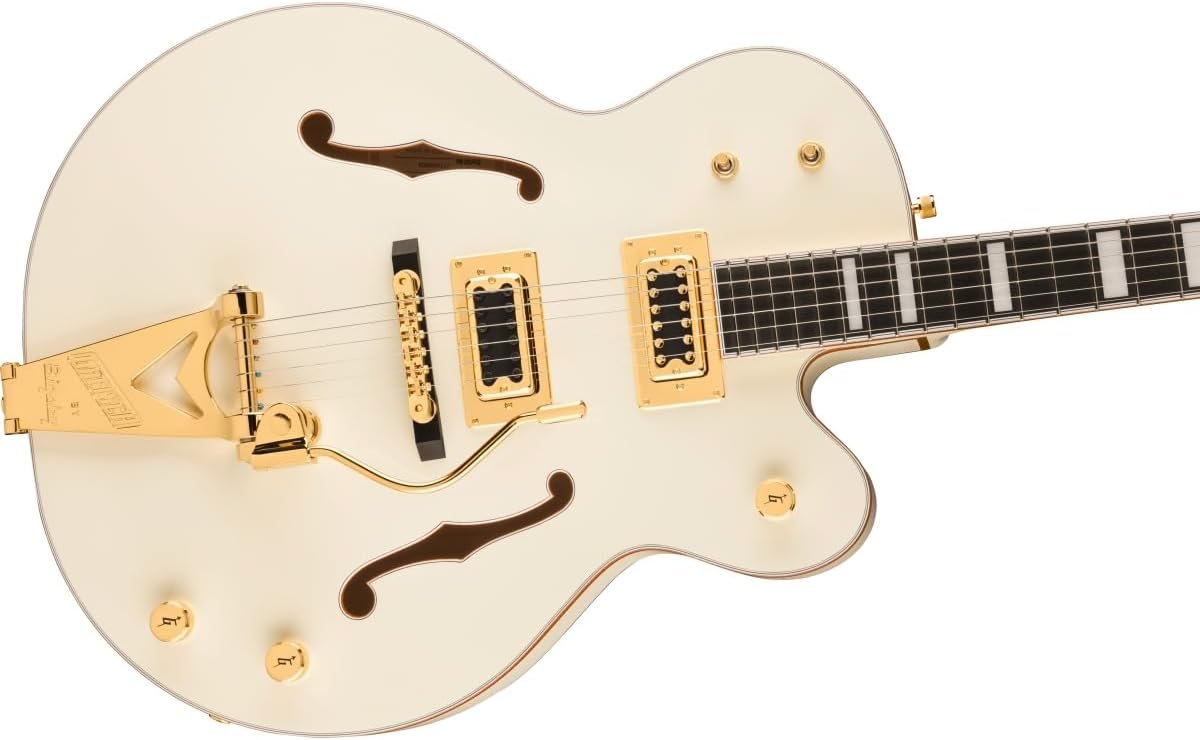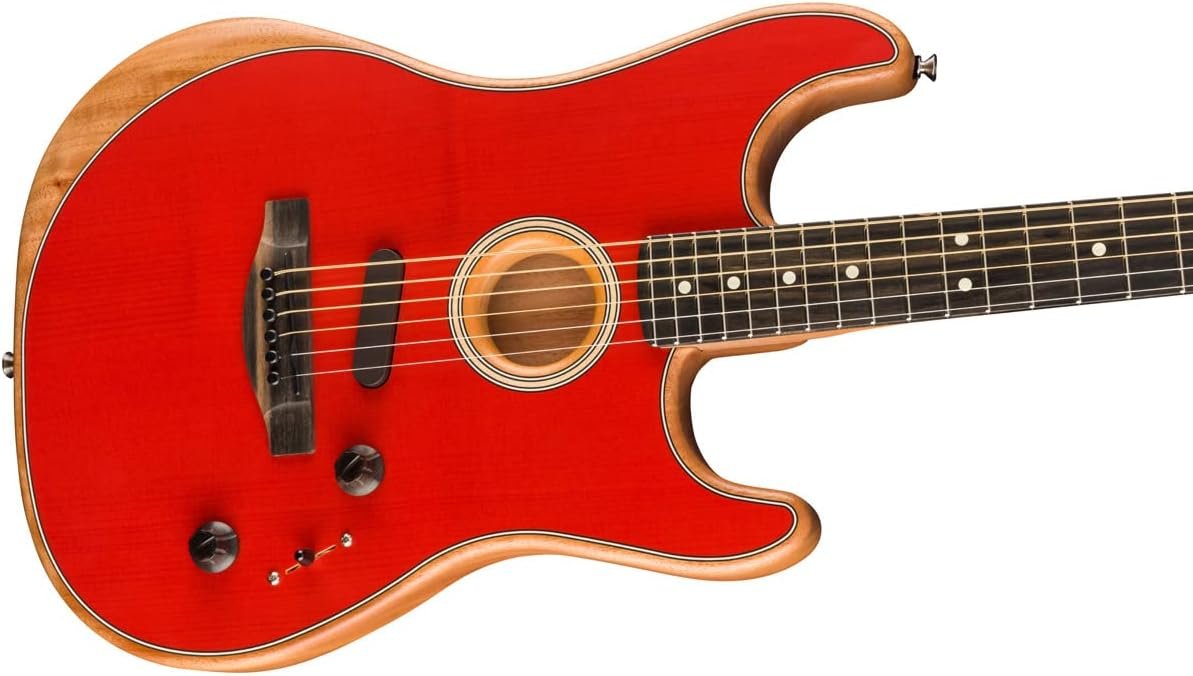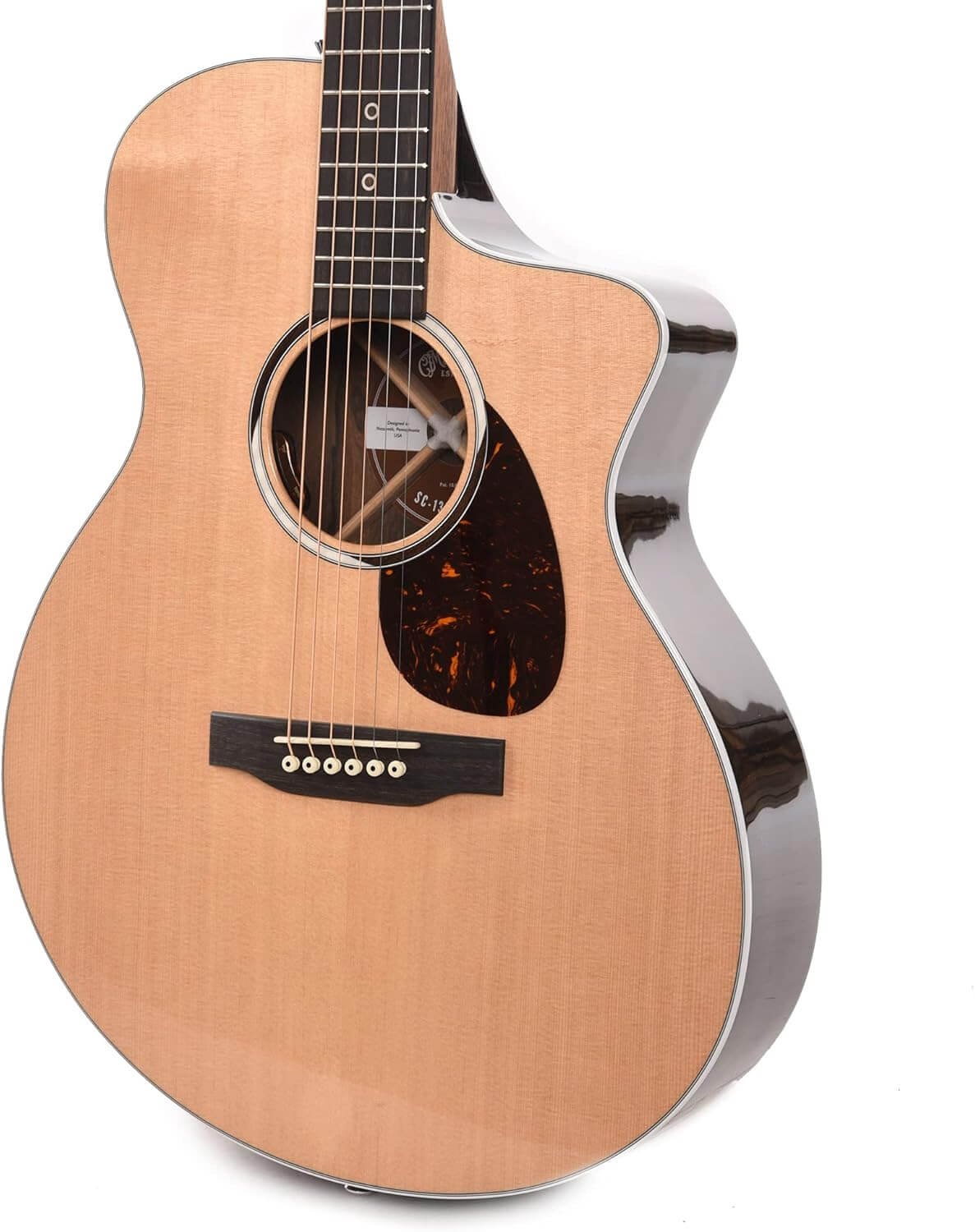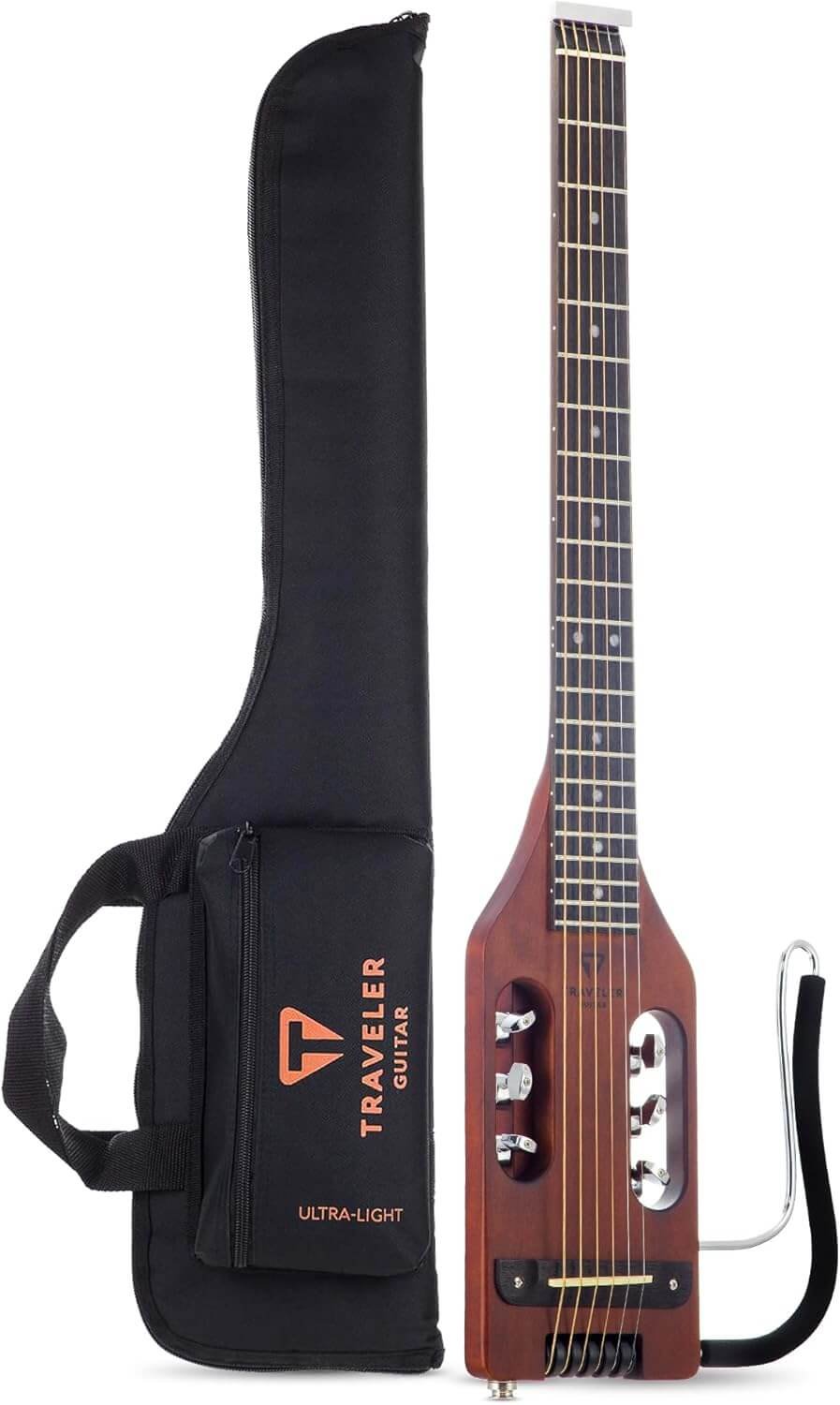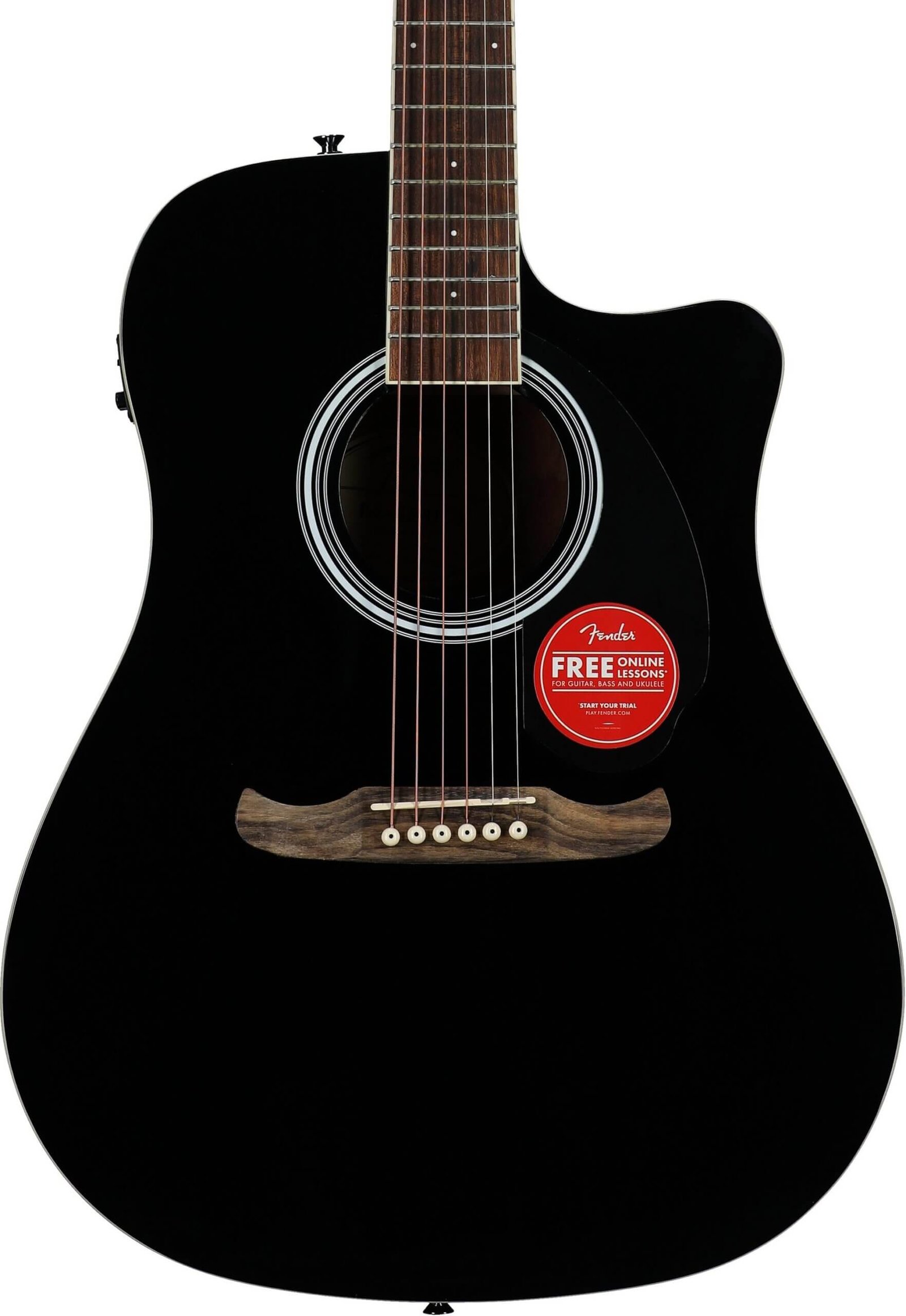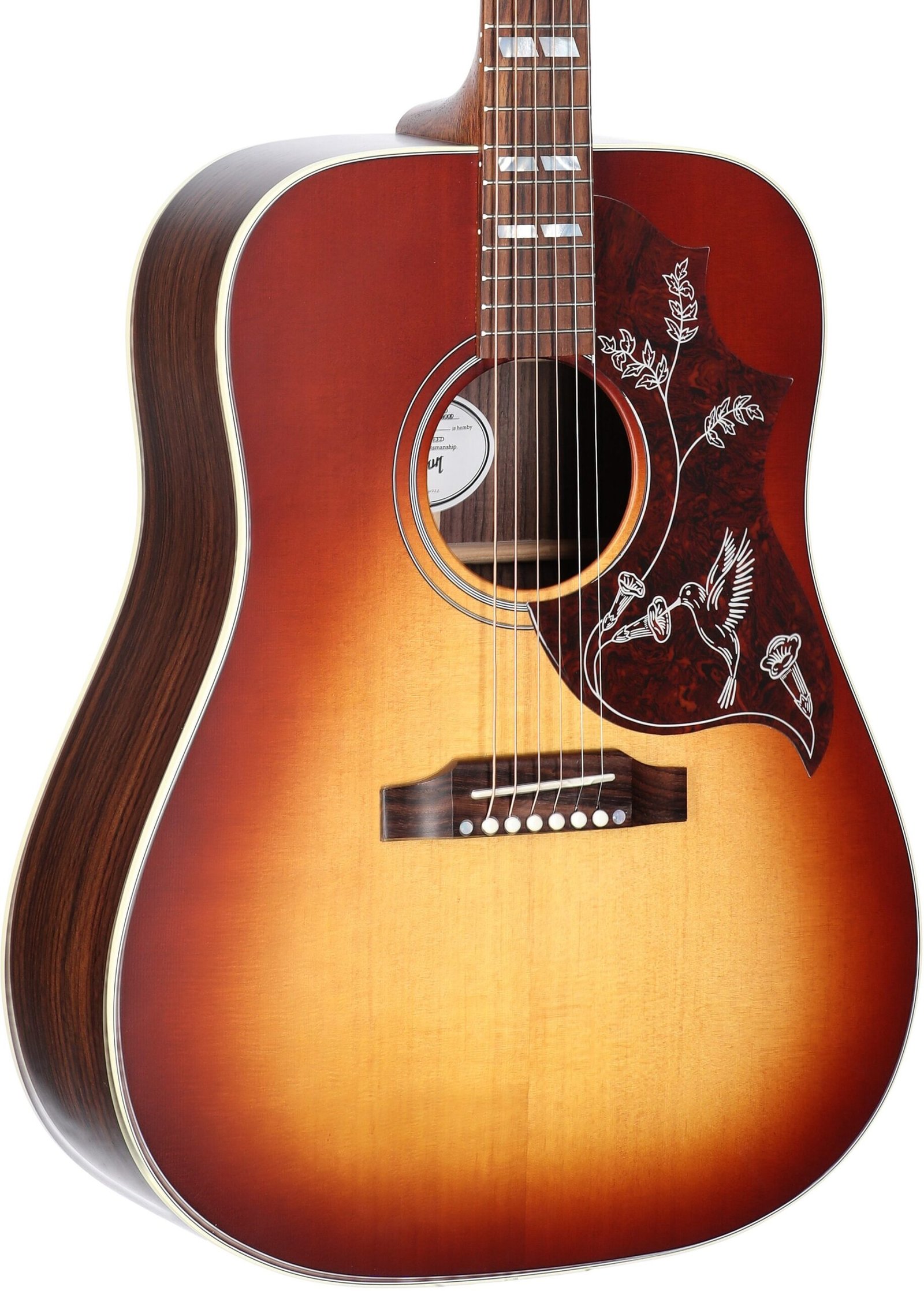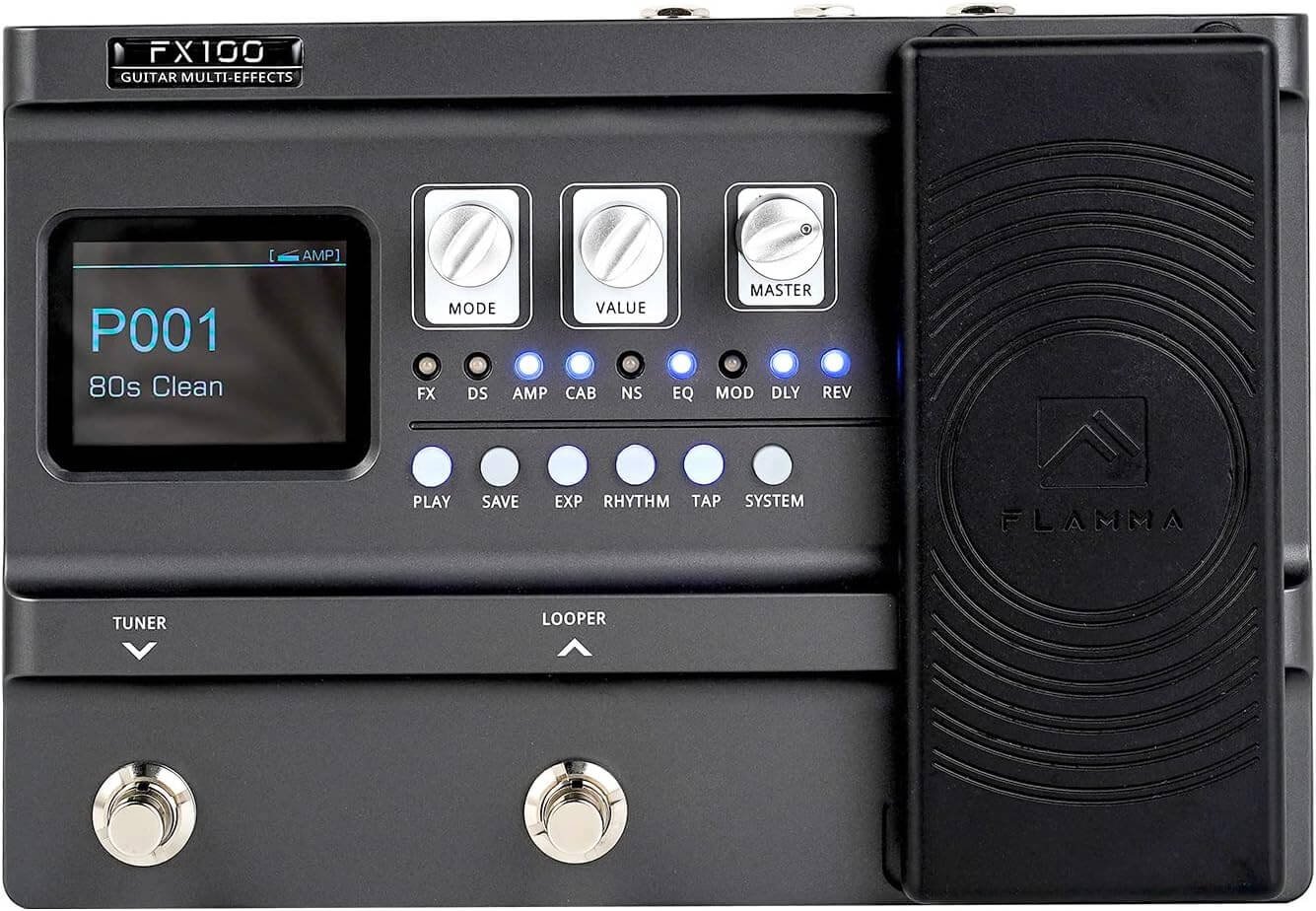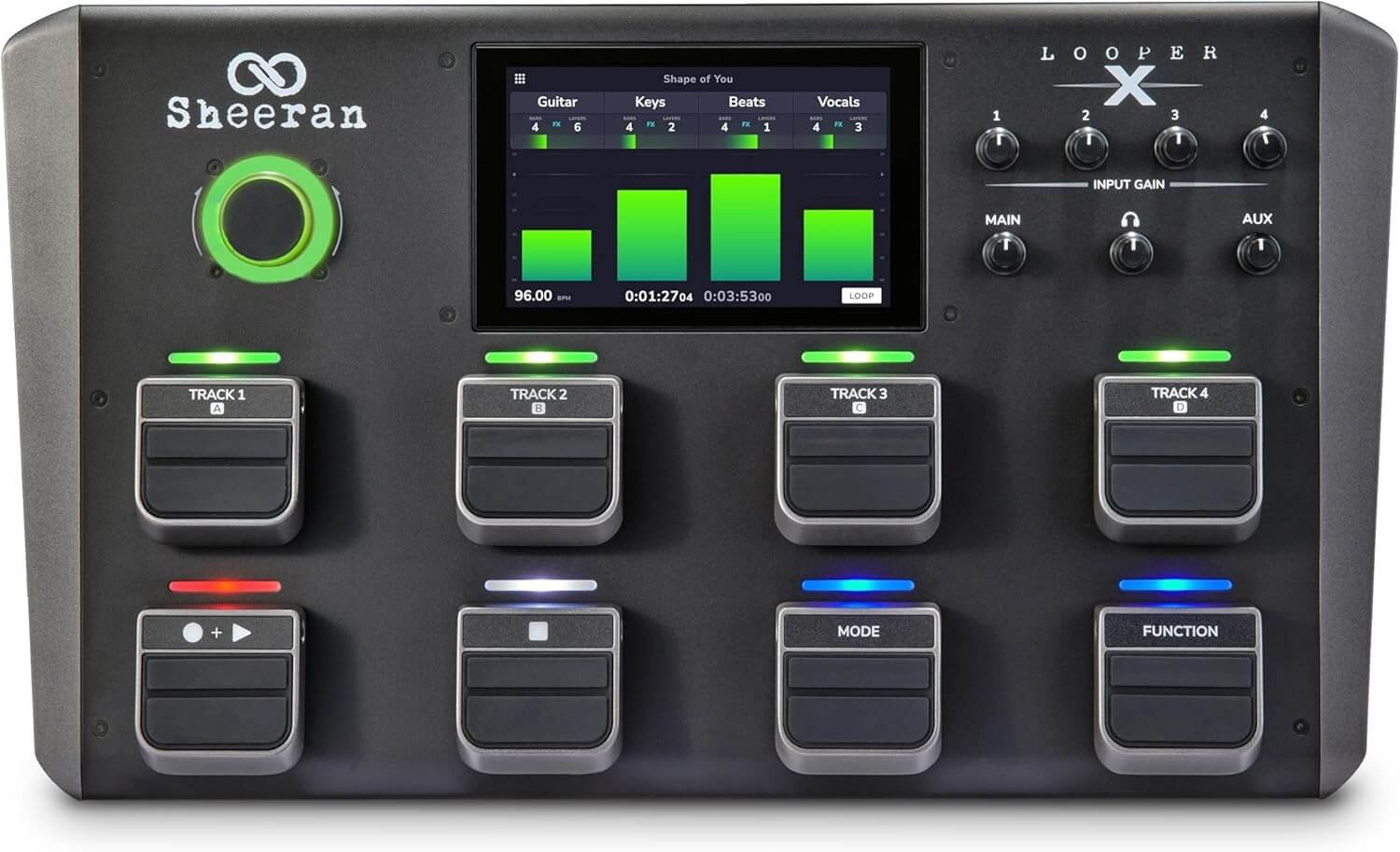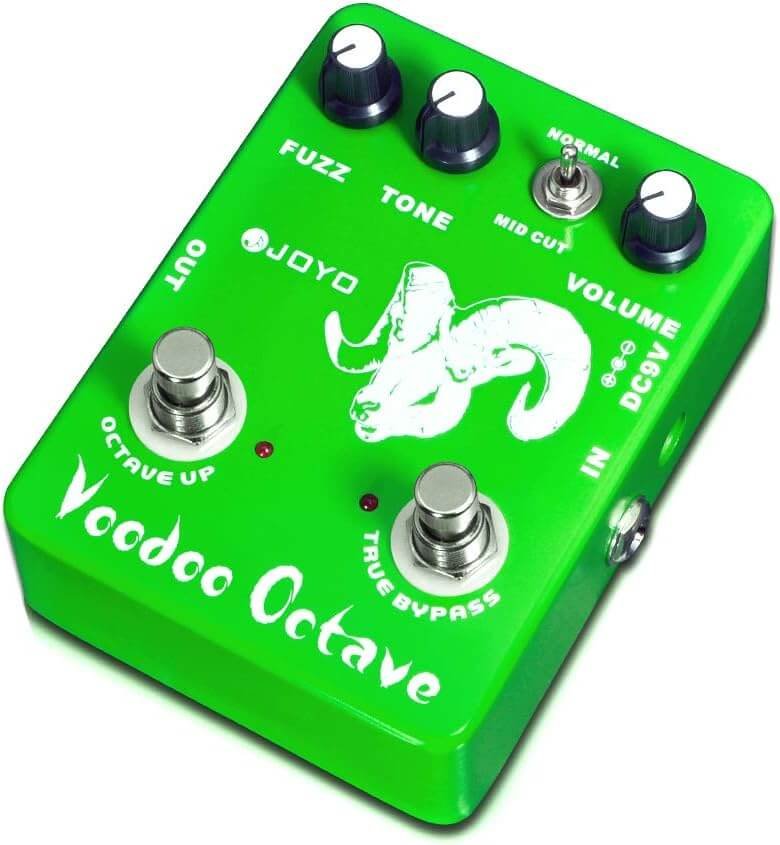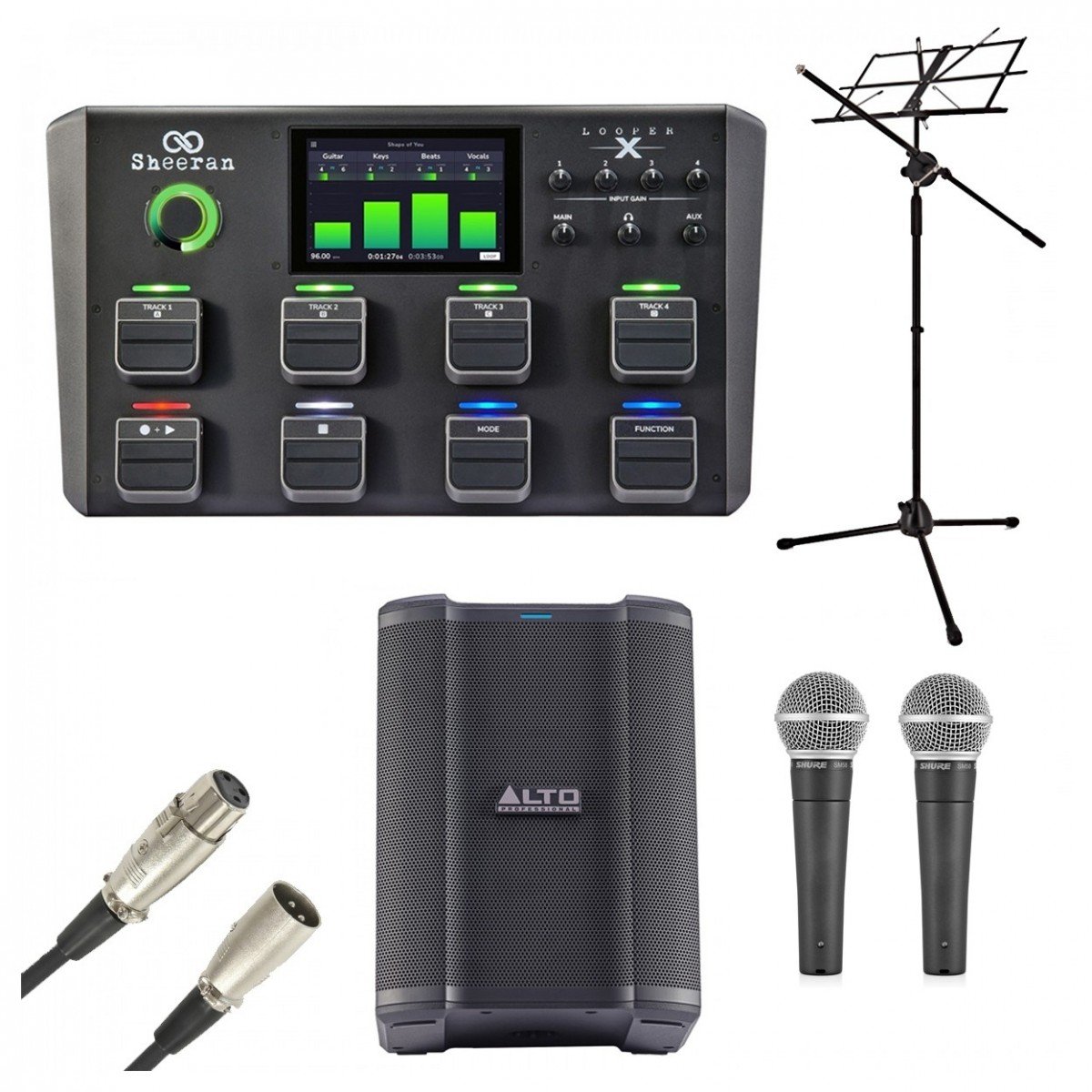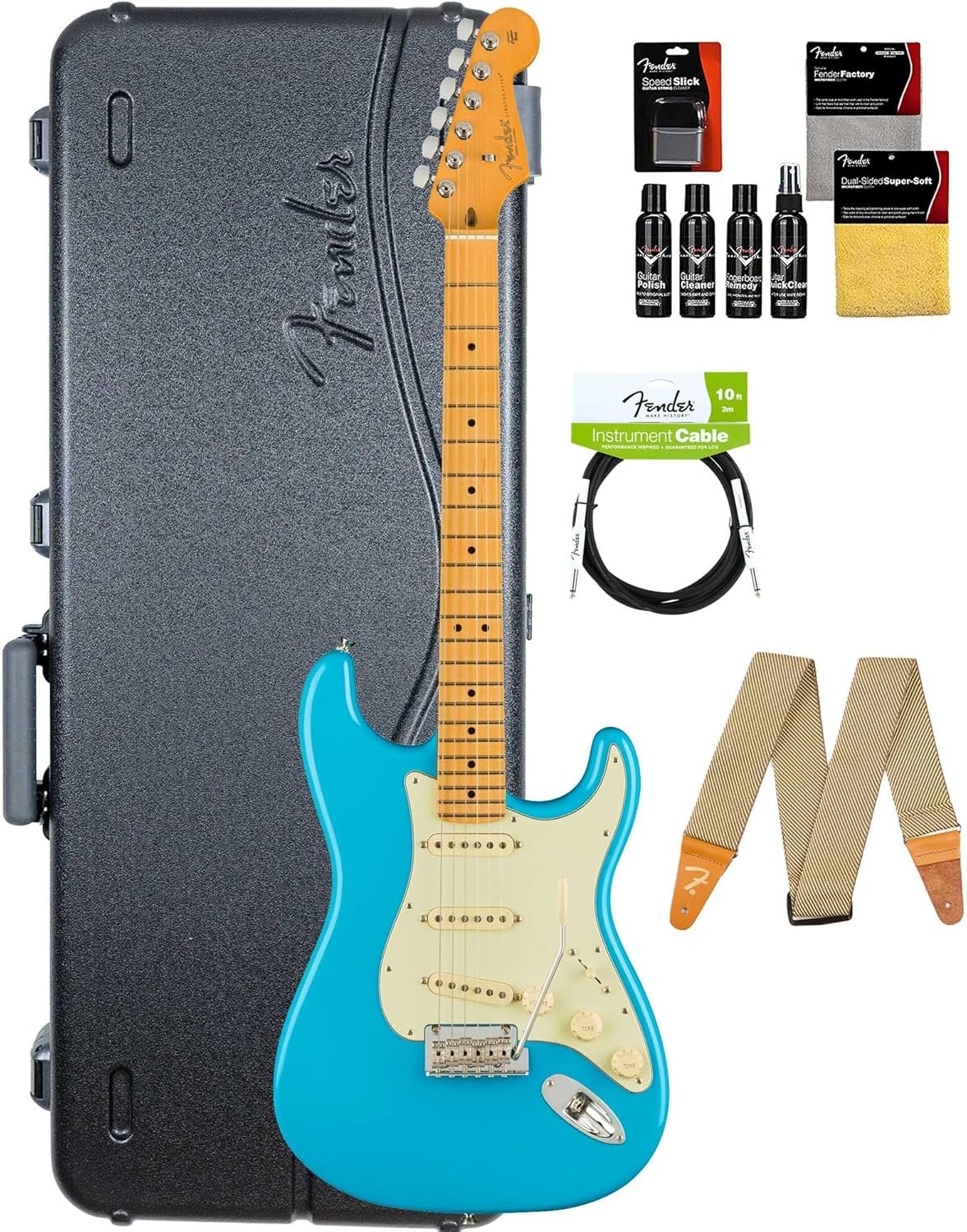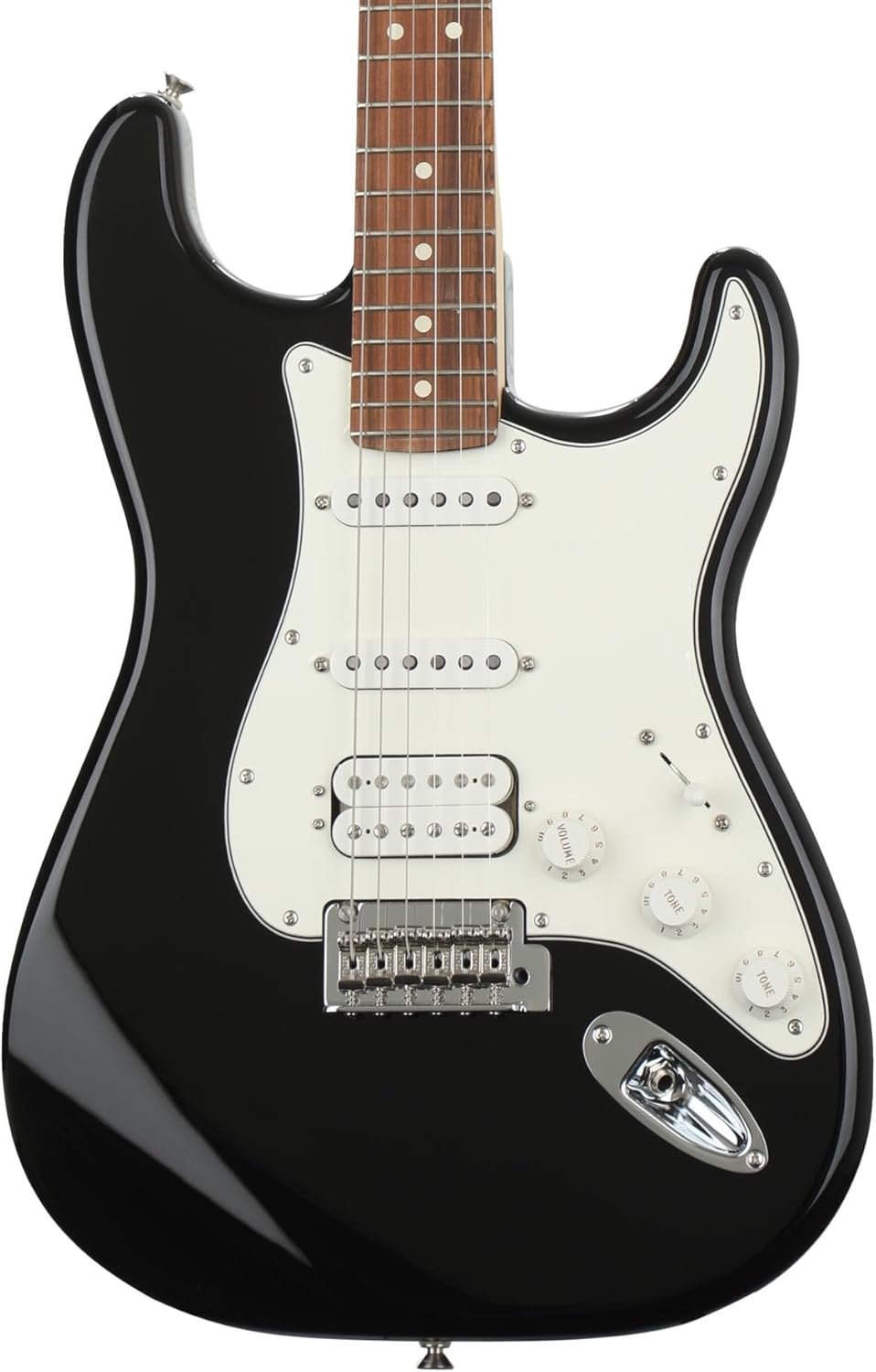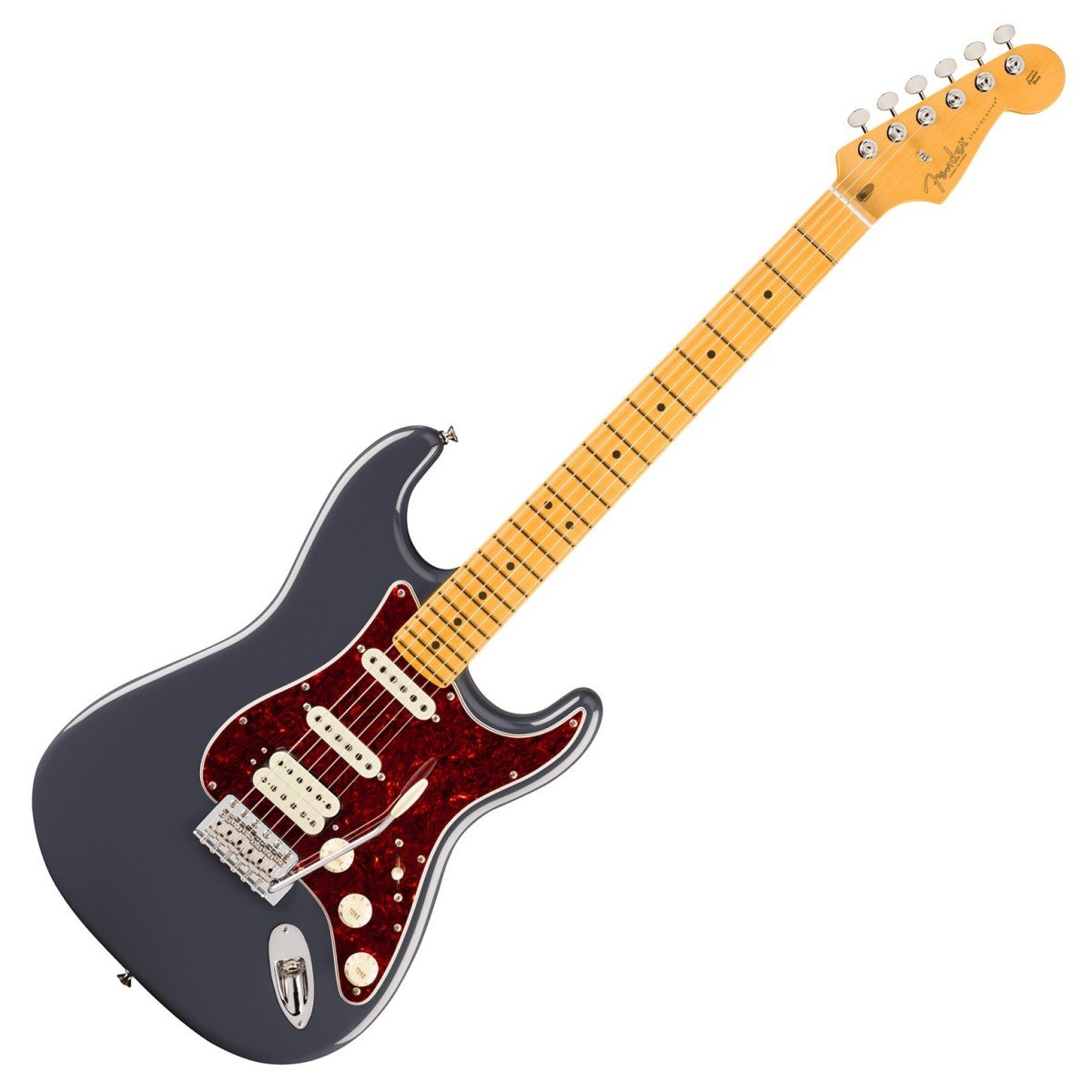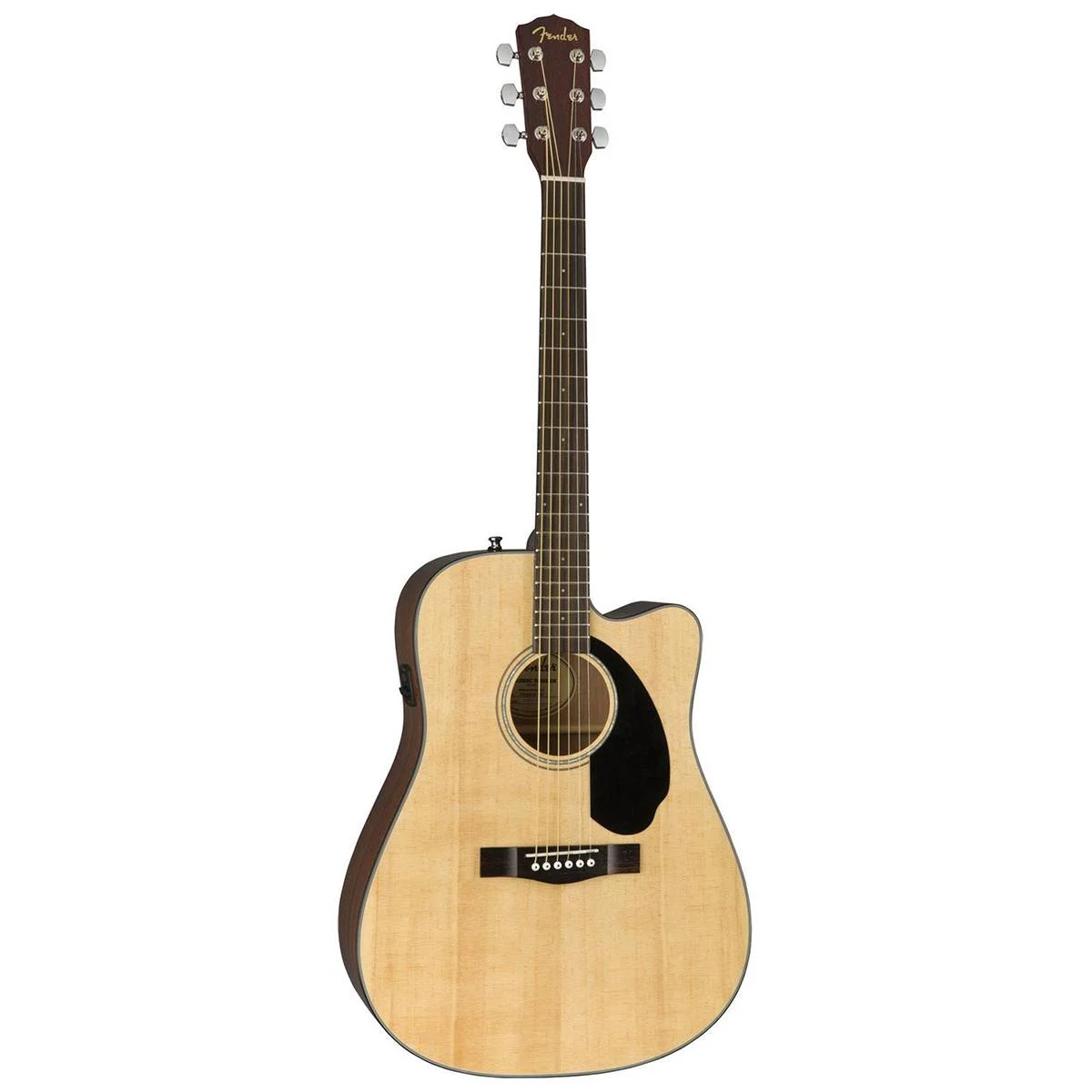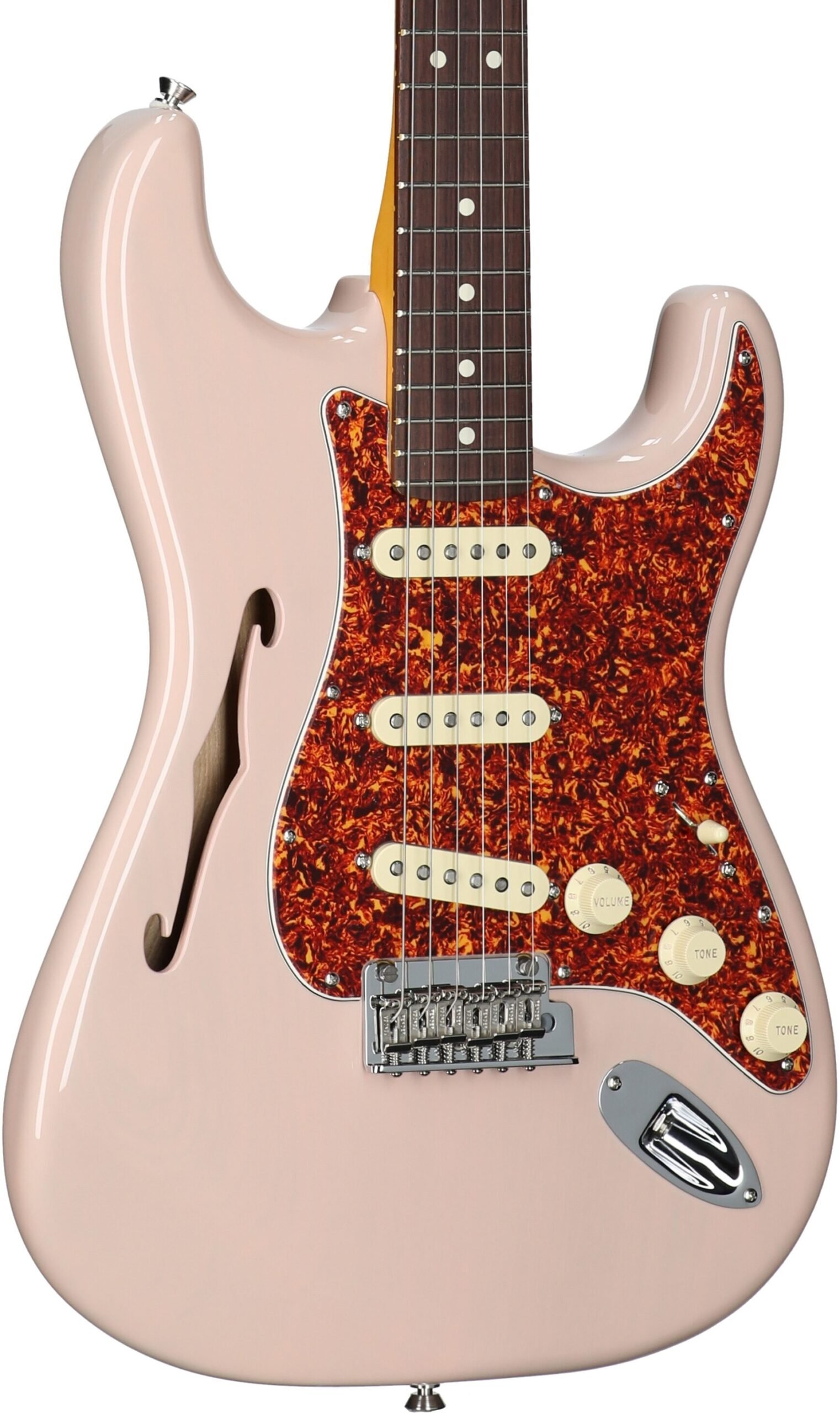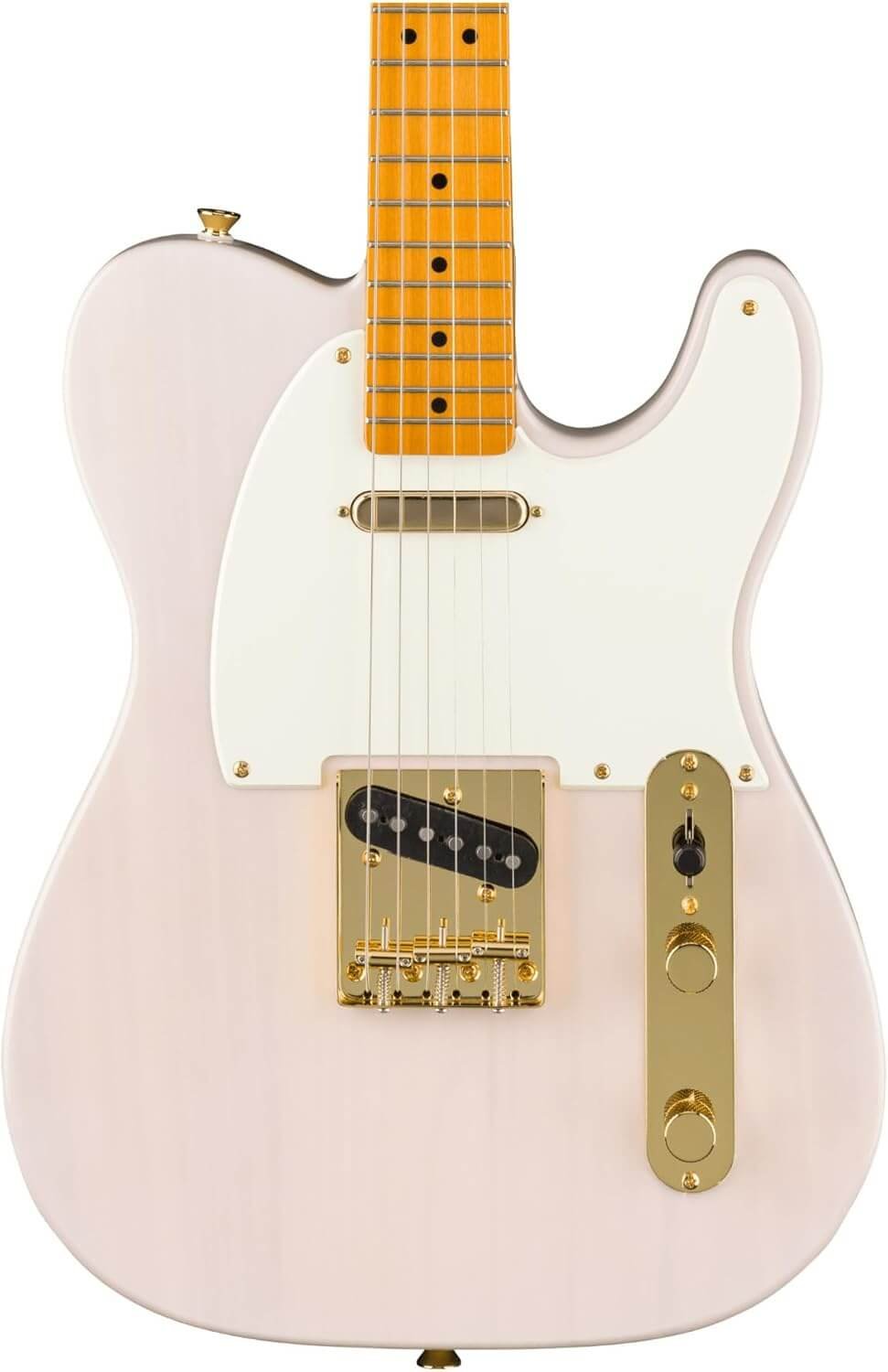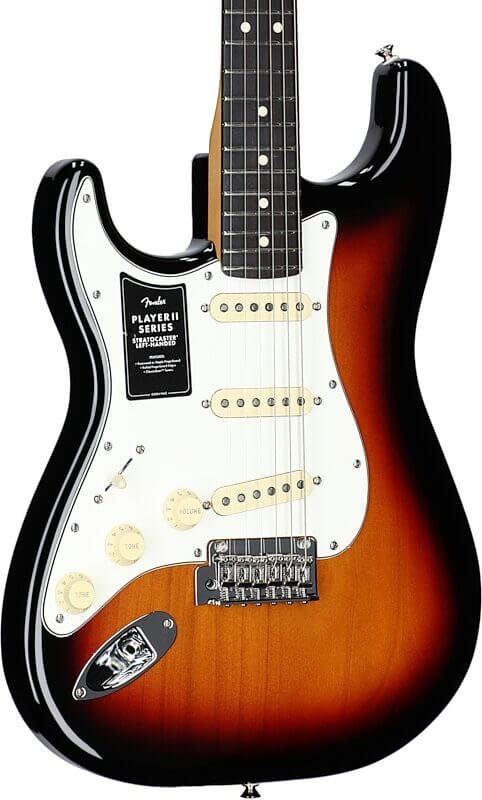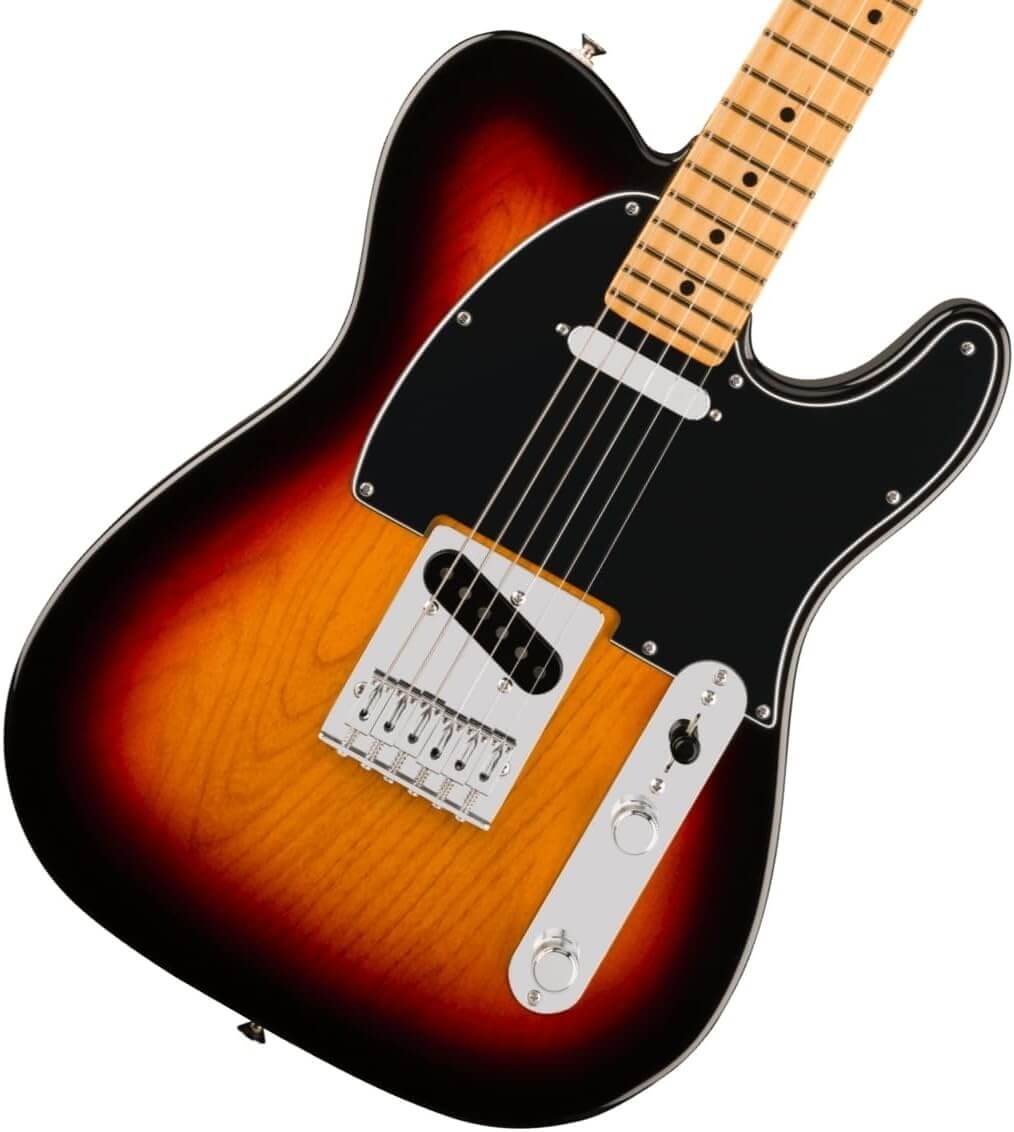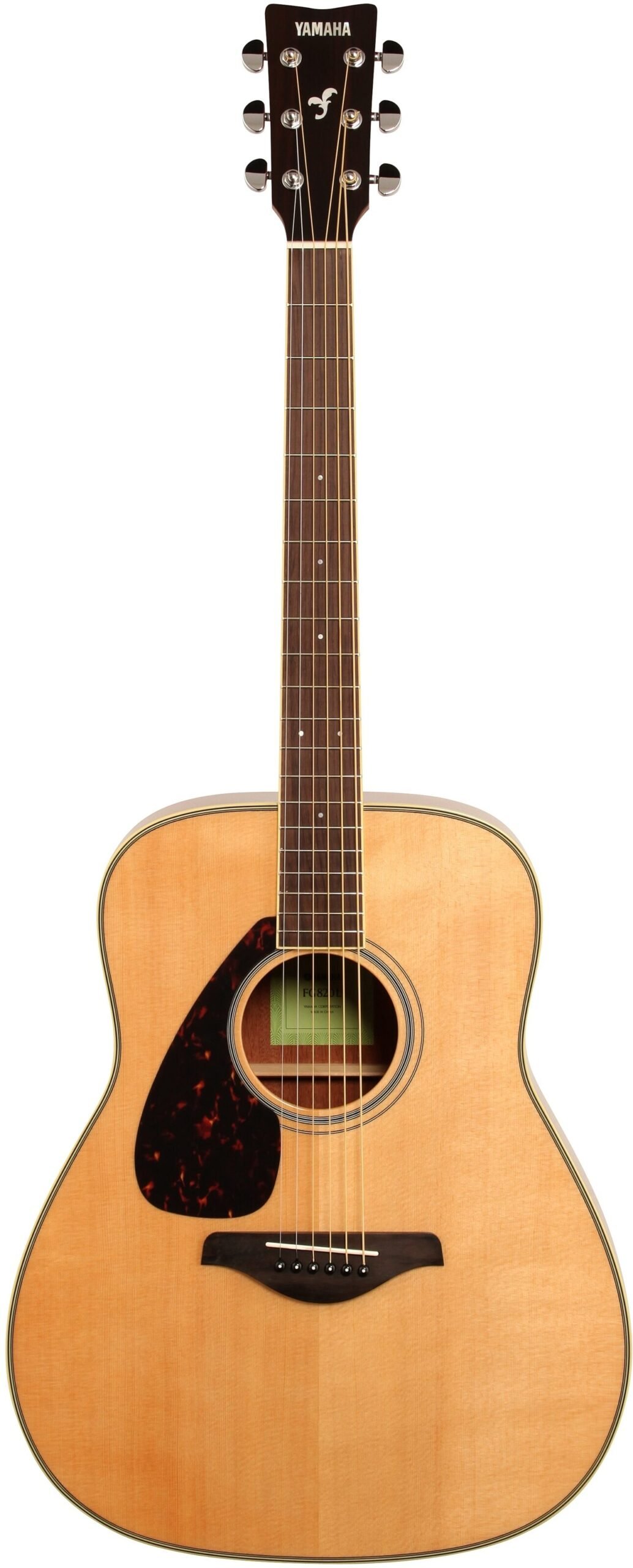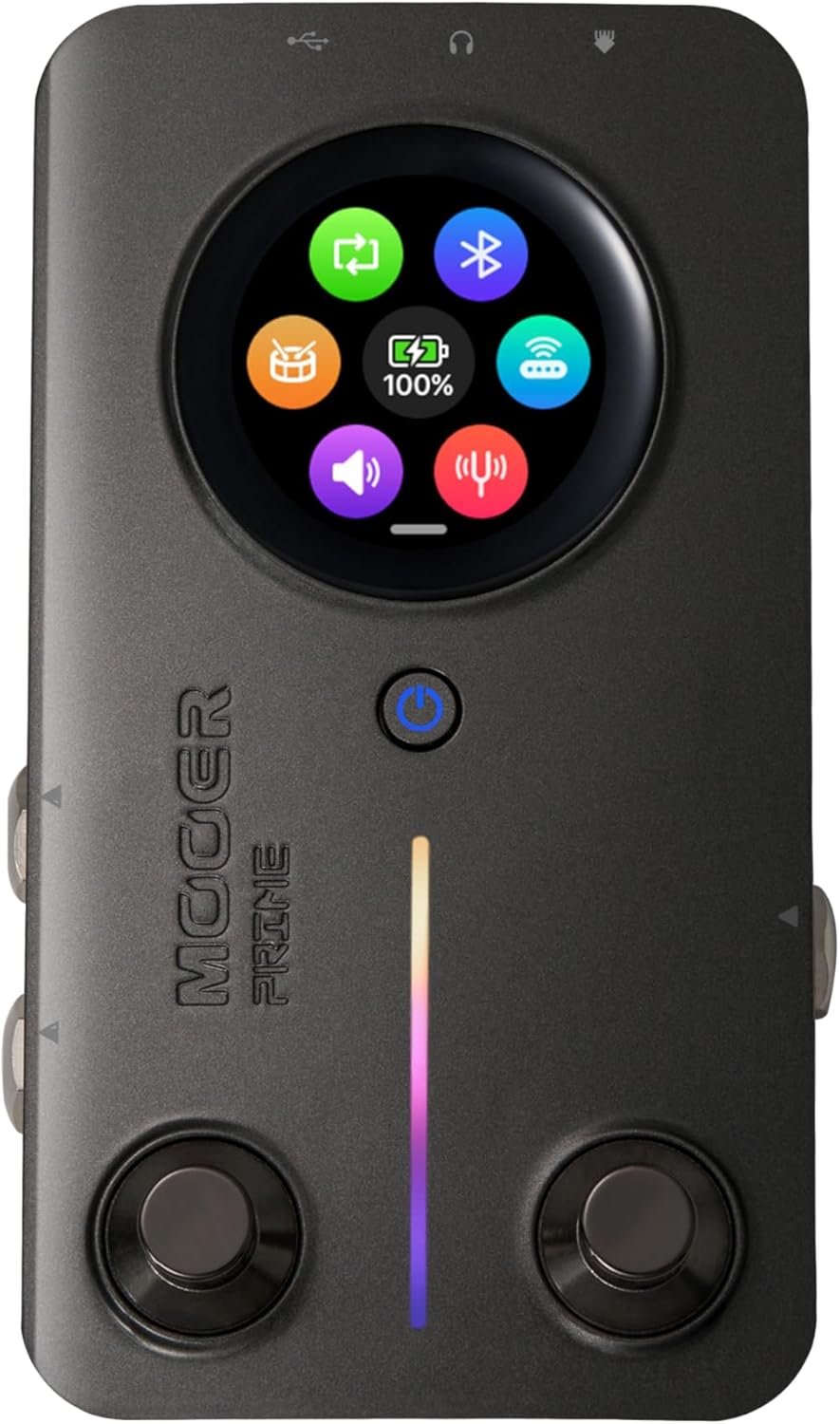Introduction to Electro-Acoustic Guitars
Electro-acoustic guitars occupy a unique niche in the world of stringed instruments, harmonizing the warm tones of traditional acoustic guitars with the powerful amplification capabilities of electric models. These guitars are designed with built-in pickups or microphones that allow them to be plugged into amplifiers or sound systems, making them versatile for both performance and recording purposes. This dual functionality distinguishes them from standard acoustic guitars, which produce sound solely acoustically, and electric guitars, which rely on electronic components for sound production.
One of the defining features of an electro-acoustic guitar is its ability to maintain the natural resonance of the wood while providing a means of amplification. This is often achieved through the use of various soundhole pickups, piezo systems, or microphone arrays that capture the instrument’s acoustic tone accurately. As a result, musicians can enjoy the authentic sound of an acoustic guitar, while benefiting from the increased volume and tonal control available through amplification. This combination of features makes electro-acoustic guitars particularly appealing to performers who require flexibility in different musical environments.
The popularity of electro-acoustic guitars has surged in recent years, especially in 2025, as musicians across diverse genres seek instruments that cater to both acoustic and electric performance styles. Musicians appreciate their adaptability, whether playing solo in an intimate setting or alongside a full band. Additionally, advancements in technology and guitar-building techniques have led to enhanced sound quality and playability, further boosting the appeal of electro-acoustic guitars among both novice and experienced players. This innovative instrument serves as an excellent choice for those looking to explore a hybrid soundscape while still embracing the traditional qualities of acoustic music.
Why Electro-Acoustic Guitars are Trending in 2025
In 2025, the popularity of electro-acoustic guitars continues to soar, driven by a multitude of factors that cater to the evolving needs of musicians. One significant reason for this trend is the remarkable versatility these instruments offer. Electro-acoustic guitars serve dual purposes, functioning effectively as both acoustic and electric guitars. This adaptability allows artists to switch seamlessly between intimate solo performances and larger, more amplified settings. As musicians increasingly seek instruments that can accommodate varied genres and performance environments, the electro-acoustic guitar stands out as a favored choice.
Another influential factor contributing to the rise of electro-acoustic guitars is their performance capability in live settings. Many musicians have encountered the challenges of sound amplification while retaining the warmth of acoustic tones. Electro-acoustic guitars address this issue uniquely, allowing for rich, vibrant sound whether plugged into an amplifier or played acoustically. This quality is particularly appealing for singer-songwriters and performing artists who prioritize sound clarity and richness, ensuring a fulfilling auditory experience for both the performer and audience.
Technological advancements have also played a pivotal role in the surge of this instrument’s popularity. Manufacturers are continually innovating to enhance the sound quality and playability of electro-acoustic guitars. Contemporary models incorporate sophisticated pickups and preamp systems designed specifically to deliver enhanced tonal fidelity. Additionally, many instruments now feature built-in effects, enabling musicians to experiment with different soundscapes without the need for additional equipment. These technological enhancements not only improve the user experience but also elevate the overall performance potential of electro-acoustic guitars in various settings.
These converging factors create an environment where electro-acoustic guitars are increasingly adopted by musicians across diverse genres. The combination of versatility, live performance advantages, and ongoing advancements in technology ensures that these guitars remain a significant trend in 2025.
The Cost of Electro-Acoustic Guitars
As of 2025, the price range of electro-acoustic guitars varies significantly, influenced by several factors including brand reputation, material quality, and the inclusion of advanced electronics. Entry-level models typically fall within the range of $200 to $600. These guitars are often manufactured with less expensive materials and simpler electronics, making them an attractive option for beginners or casual players. While they may lack some of the tonal richness and playability found in higher-end models, many entry-level electro-acoustic guitars are still well-constructed and provide a satisfying introduction to the world of hybrid instruments.
Mid-range electro-acoustic guitars, priced between $600 and $1,200, offer a marked improvement in quality and craftsmanship. These guitars tend to feature solid wood tops and better-grade electronics, enhancing both their acoustic sound and amplified performance. Players in this category often look for instruments that strike a balance between price and quality, making mid-range options popular among serious hobbyists and semi-professional musicians. In this price range, brands that have built a reputation for quality often command higher prices due to their tradition and customer loyalty.
At the high end of the spectrum, high-end electro-acoustic guitars are priced from $1,200 to over $5,000. These instruments are often handcrafted with premium materials, such as solid woods and intricate inlays. Additionally, they may come equipped with advanced electronics that offer greater tonal control, enhancing the overall musical experience. Players looking for exceptional sound, aesthetics, and playability typically invest in this tier. The factors that contribute to these luxury prices include brand prestige, limited editions, and unique craftsmanship. This comprehensive understanding of the pricing tiers can help guitarists of all levels make informed decisions when purchasing an electro-acoustic guitar in 2025.
Top 5 Electro-Acoustic Guitars of 2025
As the year 2025 unfolds, the world of electro-acoustic guitars offers an impressive array of choices for musicians at every level. The following list presents five standout models that are making waves in the market, showcasing unique features that cater to diverse playing styles and preferences.
1. Martin SC-13E: Martin has always been synonymous with quality, and the SC-13E lives up to that reputation. Designed with a comfortable cutaway body shape, it features premium tonewoods, delivering a warm, rich sound. The Fishman MX-T pickup system ensures excellent amplified performance, making it highly versatile for both live and studio settings.
2. Taylor 214ce-K: The Taylor 214ce-K not only impresses with its aesthetic appeal but also brings forth a unique blend of playability and tone. Its layered koa back and sides provide a distinct sound profile, complemented by a solid Sitka spruce top for enhanced projection. With the Expression System 2, this model stands out for its ability to translate a guitarist’s nuances into a captivating performance.
3. Yamaha A1M: Known for its affordability and reliability, the Yamaha A1M is an excellent choice for beginners and experienced players alike. The solid Sitka spruce top combined with mahogany back and sides delivers a balanced sound with clarity. Its proprietary pickup system accurately captures the guitar’s tone, making it a perfect option for those who value sound quality without breaking the bank.
4. Guild OM-240CE: The Guild OM-240CE features a classic orchestra model shape that offers a comfortable playing experience. With its solid Sitka spruce top and mahogany back and sides, it produces a warm tonal response. The Fishman Sonitone pickup system enables seamless plug-and-play capabilities, making it ideal for both intimate gigs and larger performances.
5. Takamine GD20-NS: This model is known for its superb craftsmanship and rich acoustic sound. Featuring a solid cedar top and mahogany body, the Takamine GD20-NS excels in tonal depth. The built-in TP-4T preamp ensures a natural sound when plugged in, appealing to those who desire versatility in their playing.
Each of these electro-acoustic guitars in 2025 exemplifies the fusion of quality craftsmanship and modern technology, providing musicians with ample options to express their artistry effectively.
Features to Look For in an Electro-Acoustic Guitar
When selecting an electro-acoustic guitar, several critical features and specifications should be taken into consideration to ensure an optimal playing experience. One of the most significant components is the pickup system, which is responsible for translating the guitar’s vibrations into electronic signals. There are generally two types of pickup systems: piezo and magnetic. Piezo pickups are installed under the saddle and are known for capturing the nuances of the guitar’s acoustic properties, whereas magnetic pickups sit under the strings and tend to enhance the overall volume. Depending on your playing style and sound preference, choosing the right pickup system can greatly impact the sound quality.
Another essential characteristic to evaluate is the type of tonewood used in the guitar’s construction. Common tonewoods, like spruce, mahogany, and cedar, contribute distinctly to the instrument’s sound profile. For instance, spruce is often favored for its bright tone, while mahogany offers warmth and depth. The harmonious blend of tonewoods impacts not only the acoustic output but also the amplified sound when plugged in, making it vital to select a guitar whose tonal characteristics align with your musical goals.
The body shape of an electro-acoustic guitar also plays a crucial role in defining its sound. Whether opting for a dreadnought, concert, or jumbo body, each shape offers unique projection and tonal qualities. Dreadnoughts are known for their powerful bass response, while concert shapes are often preferred for fingerstyle playing due to their comfortable size and enhanced mid-range frequencies. Additionally, consider the incorporation of onboard electronics, such as preamps and EQ controls, which provide added versatility for sound manipulation during live performances or recordings.
In conclusion, understanding the importance of these features—pickup systems, tonewoods, body shapes, and electronics—can significantly influence your choice of electro-acoustic guitar, ultimately enhancing your musical endeavors.
Best Uses of Electro-Acoustic Guitars
Electro-acoustic guitars are celebrated for their versatility, making them suitable for a variety of musical genres and settings. One of the primary environments where these instruments shine is live performances. Musicians appreciate the ability to seamlessly connect to amplifiers and sound systems, allowing for effortless amplification of sound without losing the natural acoustic qualities of the guitar. From intimate coffeehouse gigs to large festival stages, an electro-acoustic guitar provides the necessary tonal richness and projection needed to reach audiences effectively.
In addition to live performances, electro-acoustic guitars are widely utilized in recording sessions. Their hybrid nature allows for a unique blend of acoustic resonance and electronic enhancement. Musicians can achieve a warm, full-bodied sound that can be recorded directly or through microphones. This adaptability makes the electro-acoustic guitar a favored choice for genres such as folk, country, pop, and rock, where intricate melodies and harmonies are paramount. Producers continually seek out these instruments in the studio for their ability to maintain clarity while adding a layer of depth to any recording.
Moreover, electro-acoustic guitars are equally appealing for practice environments. Their compatibility with headphones and various amplification options allows musicians to refine their skills without disturbing others. This functionality is particularly advantageous for students and hobbyists who need both silent practice and the ability to play along with backing tracks or other musicians. The ease of switching between acoustic and electric sound modes ensures that players can explore a range of styles, enhancing their overall musical growth.
Ultimately, the best uses of electro-acoustic guitars encompass live performances, studio recordings, and personal practice settings, showcasing a remarkable flexibility that appeals to musicians across diverse genres.
Caring for Your Electro-Acoustic Guitar
Maintaining your electro-acoustic guitar is vital for ensuring its longevity and optimal performance. With the right care, these instruments can deliver rich tone and reliability for years to come. One of the essential aspects of guitar maintenance is regular cleaning. It is advisable to wipe down the body of the guitar with a soft, lint-free cloth after each use. This prevents the buildup of dirt, oils, and residue which can affect the finish and sound quality over time. For deeper cleaning, use a suitable guitar polish that is safe for lacquer finishes.
Proper storage also plays a critical role in caring for your electro-acoustic guitar. When not in use, it is best to store the instrument in a quality case or a gig bag to protect it from environmental factors such as humidity, temperature fluctuations, and physical damage. It is important to maintain the humidity level in the storage environment, ideally between 45-55%, as excessive dryness can lead to cracks, while too much moisture can warp the wood.
Regular maintenance procedures are crucial to keep your instrument performing at its best. This includes changing the strings frequently and having the guitar checked periodically by a professional luthier. A luthier can assess and perform necessary adjustments such as truss rod tweaks and intonation checks. Additionally, checking the electronics, such as pickups and preamps, helps in ensuring that your electro-acoustic functions correctly. When you notice any issues, addressing them promptly can prevent further complications.
In summary, caring for your electro-acoustic guitar involves cleaning, proper storage, and regular maintenance. Adopting these best practices will help you maintain its sound quality and appearance for years to come, allowing you to enjoy playing your guitar to the fullest.
Testimonials from Musicians
Electro-acoustic guitars continue to gain prominence in the music community, captivating the hearts of both professional and amateur musicians. Many artists have shared their experiences and preferences regarding these versatile instruments. For instance, John Matthews, an emerging folk musician, states, “I chose my electro-acoustic guitar because it perfectly balances the warm, rich sound of an acoustic with the ability to amplify during live performances. This versatility has allowed me to play in a variety of venues without compromising on sound quality.” John emphasizes the importance of this adaptability, a feature that many artists seek in their instruments.
Similarly, professional songwriter Elena Ramirez notes, “The moment I strummed my first chord on an electro-acoustic guitar, I knew I made the right choice. It offered enhanced tonal control that I had been searching for in my previous instruments. Now, I can craft songs that resonate well in both studio recordings and live events.” Her experience illustrates how electro-acoustic guitars can elevate the songwriting process by providing musicians with the tools necessary for artistic expression.
For some musicians, the aesthetic elements also play a role. Tim Reyes, a long-time performer, shares, “I appreciate how my electro-acoustic guitar looks as good as it sounds. The craftsmanship and design allow me to express my personal style on stage.” A guitarist’s choice often extends beyond mere functionality; it also embodies their identity as an artist.
Amateur musicians also express their enthusiasm for these instruments. Sarah Kim, a hobbyist, states, “I never thought I’d enjoy playing guitar as much as I do now with my electro-acoustic model. It’s incredibly easy to use and has made practicing feel like less of a chore.” Her testimony underscores the accessibility and enjoyment that electro-acoustic guitars bring to players at all skill levels.
Conclusion: The Future of Electro-Acoustic Guitars
As we reflect on the most popular electro-acoustic guitars of 2025, it is evident that the evolution of this instrument has significantly transformed how musicians create and engage with their craft. The combination of traditional acoustic features with modern electronic enhancements has allowed for greater versatility and creativity in performance. As technology continues to advance, we can anticipate exciting innovations that may change the landscape of electro-acoustic guitars even further.
Looking ahead, we are likely to see advancements in pickup technology that improve sound quality, responsiveness, and feedback rejection. This will enable musicians to enjoy a clearer and more dynamic sound when playing live or in the studio. Additionally, companies may explore the integration of smart technology into instruments, enabling features like tuning apps, built-in effects, and even enhanced sound mapping for musicians seeking personalized tones.
Moreover, sustainability is becoming an increasingly important issue in the music industry. The future may see electro-acoustic guitars being produced with eco-friendly materials and manufacturing processes, catering to environmentally conscious consumers. This shift towards sustainable practices could also influence the design and production techniques of these guitars, appealing to new generations of players.
As the music industry continues to evolve, electro-acoustic guitars will maintain their significant role in bridging the gap between traditional and modern sounds. These instruments will remain integral to songwriting, live performance, and recording, ensuring that musicians have access to versatile tools that meet their artistic needs. The continued embrace of innovation, quality craftsmanship, and sustainability will set the foundation for the next wave of developments in electro-acoustic guitar design, solidifying their place in the future of music.

